Pointe shoes are often seen as the epitome of classical ballet performance, allowing dancers to effortlessly float across a stage. As such, young ballerinas are often eager to transition from their soft ballet shoes to pointe shoes. However, in order to make this transition successful and injury-free, many individual variables must be considered. These include age, physique, strength and musculoskeletal development, and mental fortitude. Without any of these factors, rushing into pointe work can have long-term detrimental consequences for dancers.
Age
Age is the most unstandardized item on this list, since the personal development of every individual is different. That being said, the metatarsal and phalange bones of the feet are still cartilage until the early teens
- Between the ages of 13-15, the cartilage ossifies into hard bone tissue
- Prior to ossification, the feet are sensitive to stress and can be weakened with exposure to too much stress. Most sources agree that 11 is the earliest age to start pointe work, but this is only if the dancer’s muscles are strong enough to protect their immature bones. Dancing in soft ballet shoes increases the force on the feet by 4 times the dancer’s body weight but dancing in pointe shoes increases the force on the feet by 12 times the dancer’s body weight
- Thus, pointe shoes increase the risk of excessive stress during development.
Physique
Physically, dancers need to be both flexible and strong. Their ankles and feet must be flexible enough to hold the weight of their body over their pointe shoes but must also be strong enough to prevent rolling over beyond their pointe shoes. For this reason, students with hypermobility usually need to wait to ensure that they have sufficient strength to prevent injury.
In addition to the ankles and feet, students need to have strong leg and core muscles to support themselves 4 . The ankles and feet are not responsible for everything and ignoring the rest of the body will result in injury.
Strength and Musculoskeletal Development
We have stated that muscles can be trained to protect the bones from unnecessary stress, especially during development. Proper training and understanding of how to control posture and turnout are increasingly important when dancers begin to work in pointe shoes. Proper pelvic placement and transfer of weight is needed for dancers to balance on the significantly smaller surface area of pointe shoes compared to soft ballet shoes. Proper use of turnout from the top of the legs will also be needed, since there is reduced friction and assistance from the floor. Correct use of turnout also prevents pronation (“rolling in”) which weakens the arches and damages the knee and ankle joints. In order to maintain correct posture and turnout, dancers need to have strong leg, hip, core, and back muscles while performing steps in their soft ballet shoes, before they begin pointe work.
One final consideration is that students experiencing growth spurts simultaneously experience a decrease in strength, since muscles tighten as the bones elongate. For this reason, extra strengthening and more patience may be required for these dancers.
Mental Fortitude
This list has mainly focused on physical traits required before a dancer goes on pointe. But mental traits are equally important. A dancer must prove that they have the patience and work ethic to dance on pointe. This means that dancers should attend their classes consistently, taking at least 3 ballet classes per week. This should be maintained when they begin working in pointe shoes. Attendance means that dancers are present before, during, and after their class. They come prepared to work hard, they are attentive to details presented in class, and they review and remember what they have learned in class so that they can continue to build on their technique. These dancers have been doing ballet for years and have laid strong foundations in all of their skills. This understanding of progressions and hard work will make the transition to pointe work simple.
Conclusion
In conclusion, there are many items to consider before putting a child on pointe. There is no objective age but rather an overall impression that the dancer is physically strong enough and mentally mature enough to progress to advanced ballet technique. Dancing on pointe is a fun and rewarding experience and we at Poise aim to ensure that our will be able to continue performing pointe work for years to come.
Emily Sugianto
January 28, 2023
References
1. Criteria for pointe work. Washington University Orthopedics. 2017.
2. McCormack, Moira. When to start pointe work. Dance Gazette. 1994; 1(215): pp.22-23.
3. Shah, Selina. Determining a young dancer's readiness for dancing on pointe. Current Sports Medicine Reports. 2009; 8(6): pp. 295-299. doi: 10.1249/JSR.0b013e3181c1ddf1
4. Ellerton, Hannah. When should dancers start doing pointe work? Human Kinetics. 2018.
